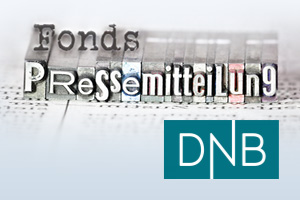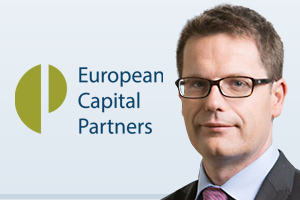
Im Dezember konnte der DNB High Yield A Acc EUR (WKN A2AJDN, ISIN LU1303785361) eine positive Rendite von +0,65 Prozent auf Monatsbasis verzeichnen, was die Jahresperformance für 2019 auf +4,75 Prozent in Euro nach oben schraubte. Der Sektor skandinavischer Hochzinsanleihen zeigte sich stabil, während die makroökonomischen Daten insgesamt gemischt ausfielen. Im Dezember wurden die Neuemissionen von NORECO sowie Cabonline ins Portfolio aufgenommen. DNB-FondsManager Anders Buvik gibt in seinem Monatsbericht einen aktuellen Marktüberblick und berichtet über die jüngsten Veränderungen in der Portfoliostruktur des in der Strategie SJB Substanz enthaltenen Fonds.
Market environment
In general, December was quite stable and high yield returns were driven by accrued interest. Macroeconomic figures are still somewhat variable, with some being positive (i.e. US non-farm payrolls) while other show some weakness. US and China have agreed on a phase 1 trade deal, which is expected to be signed in January. The Nordic high yield market looks quite strong.
Fund performance
The fund returned around 0.65 percent in December, which was very similar to the November returns. No issuers contributed materially positive or negative. We have participated in some new issues, including NORECO and Cabonline. There were no default situations in December.
Outlook for the fund
We continue to view risk-reward as attractive in the Nordic high yield market, especially compared to other regions. In a moderately uncertain world, were the stock markets seem a bit pricy, Nordic high yield appears to offer competitive returns.
Nordic economies
As widely expected, the Norwegian central bank kept the central bank rate unchanged at their meeting in December. In practice there were no changes to the outlook for 2020/2021 or the interest rate path either. We believe that the central bank rate has peaked and that there is a larger probability for a rate cut than for a rate hike over the next year.
The Swedish central bank hiked the central bank rate to zero as they had guided in advance. Given the increased weakness of the Swedish economy in 2019 and the outlook for 2020 we do not expect to see any further rate hikes from the Swedish central bank over the next couple of years. This outlook is also in accordance with the Sveriges Riksbank own view as witnessed in the published rate path.
Oil price and exchange rates
The oil price increased from around 60 to 66 USD/bbl. in December. Reduced US crude oil inventories and increased tension between US and Iran were the most important factors behind the increased oil price.
Both the NOK and the SEK strengthened in December. The NOK strengthened by around 3% in trade weighted terms while the SEK strengthened by around 1%. For the SEK the strengthening which started in October, when the central bank indicated an interest rate hike in December, continued when Sveriges Riksbank followed through with an actual hike. For NOK the strengthening is most likely related to market views of stabilization of the growth outlook and improved risk sentiment, in addition to the higher oil price.
Finally some words to the decision of the Swedish central bank to say good bye to negative interest rates. During five years of negative interest rates the central bank came to the conclusion that negative interest rates do not help the economy. Negative interest rates keep zombie companies alive and overall this policy leads to a wrong allocation of capital.
Households are not spending more neither the credit quality of households and/or companies improve. With massive asset inflation especially in real estate (and of course in other sectors) no household profits from negative interest rates.
Conclusion:
For us as active managers it is more than important to continue doing our homework, doing a good credit analysis to minimize the defaults (and to identify bad credit quality) in the portfolio over time. If we manage this we are confident to see a good risk/reward in the Nordic High Yield universe in 2020.



